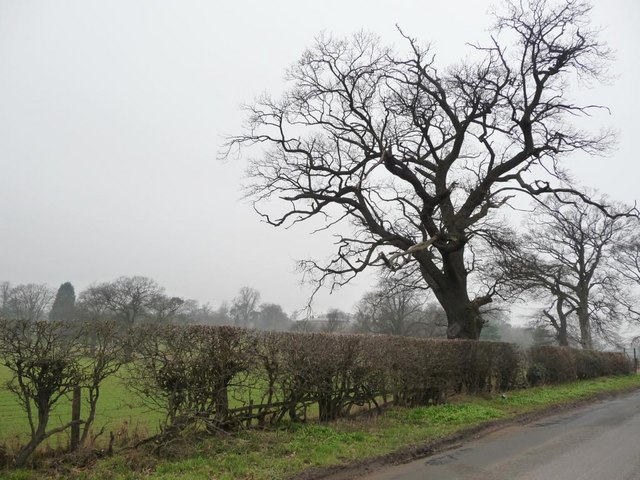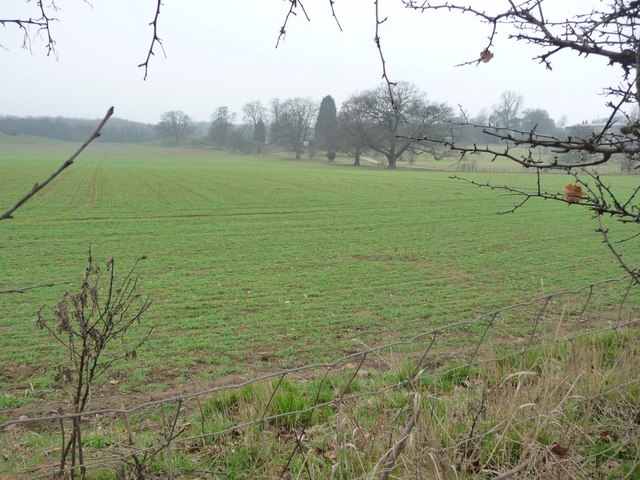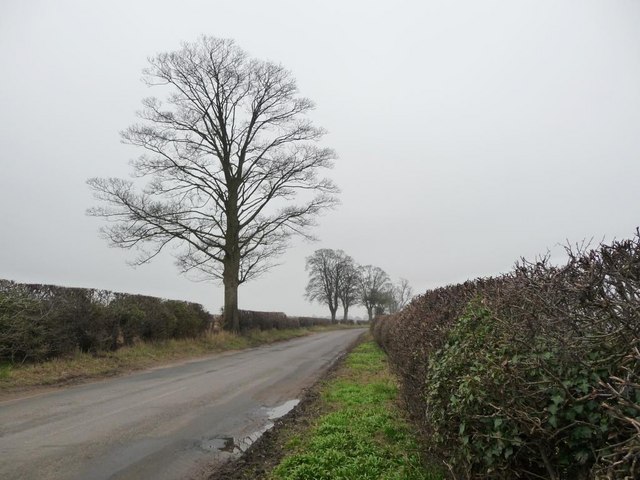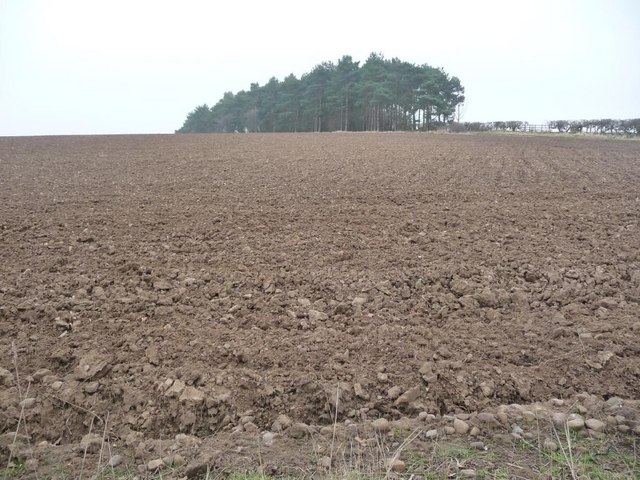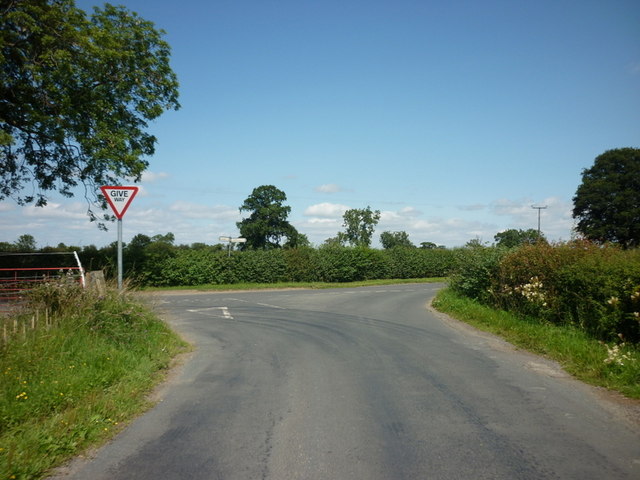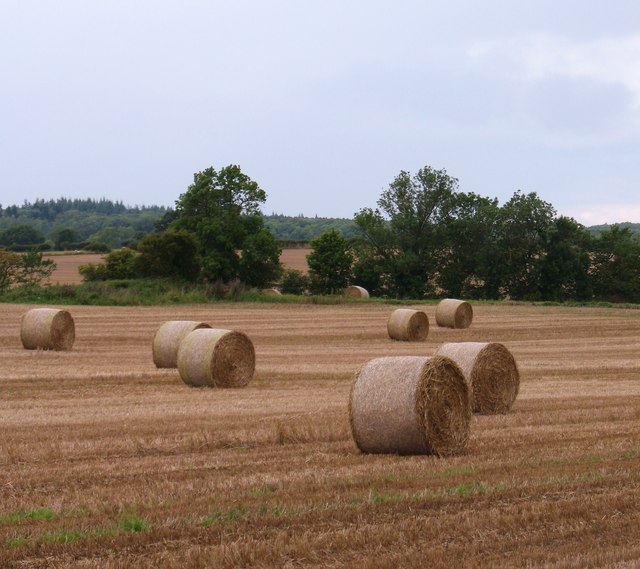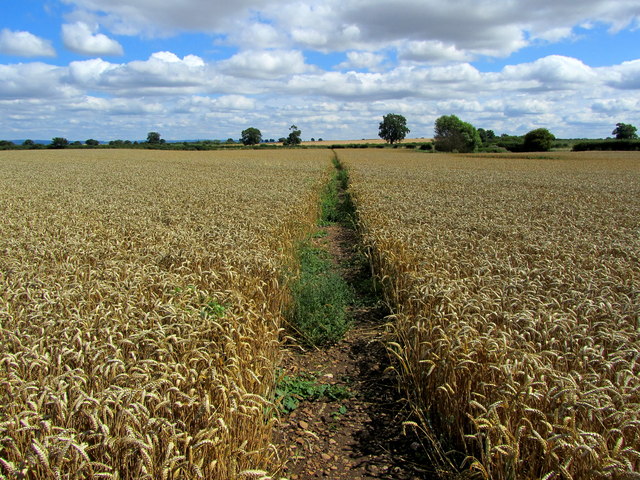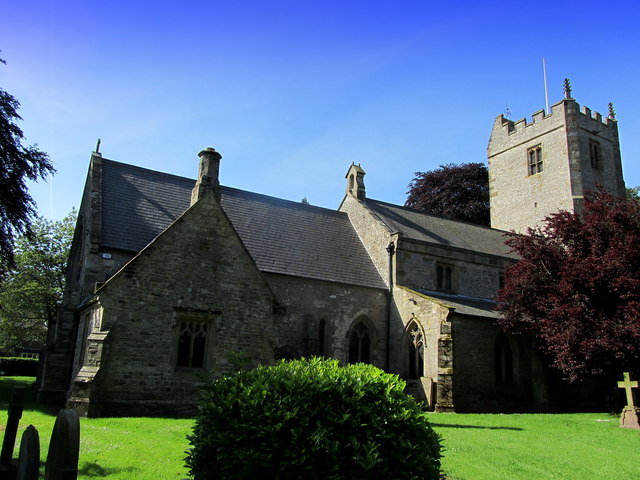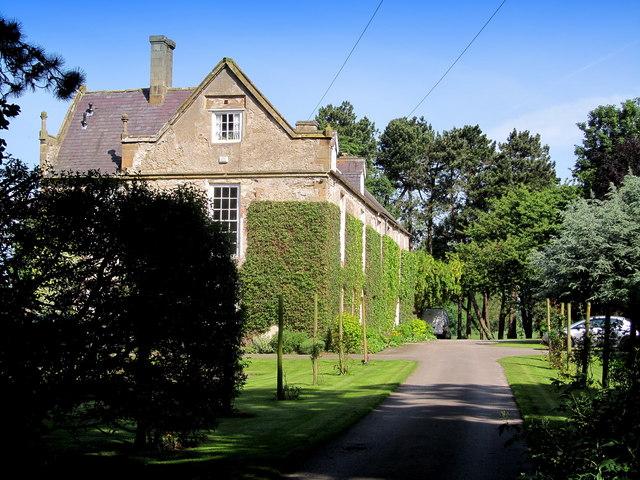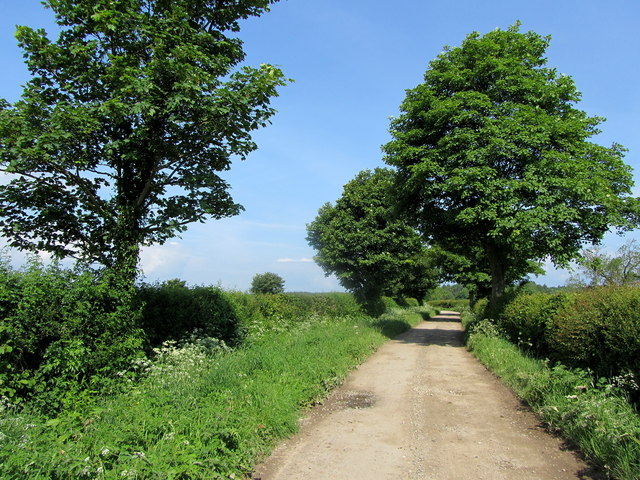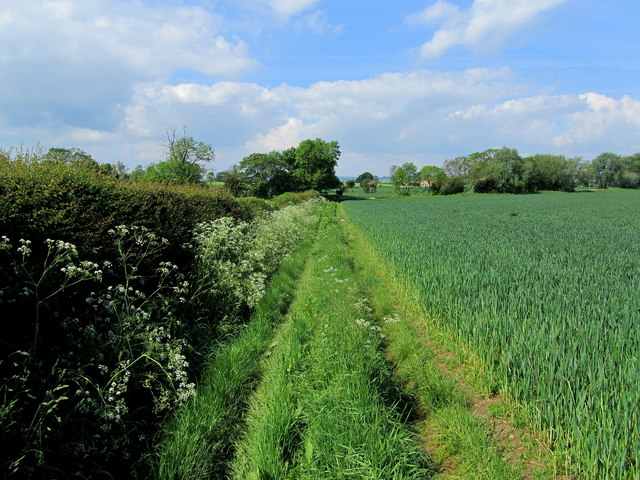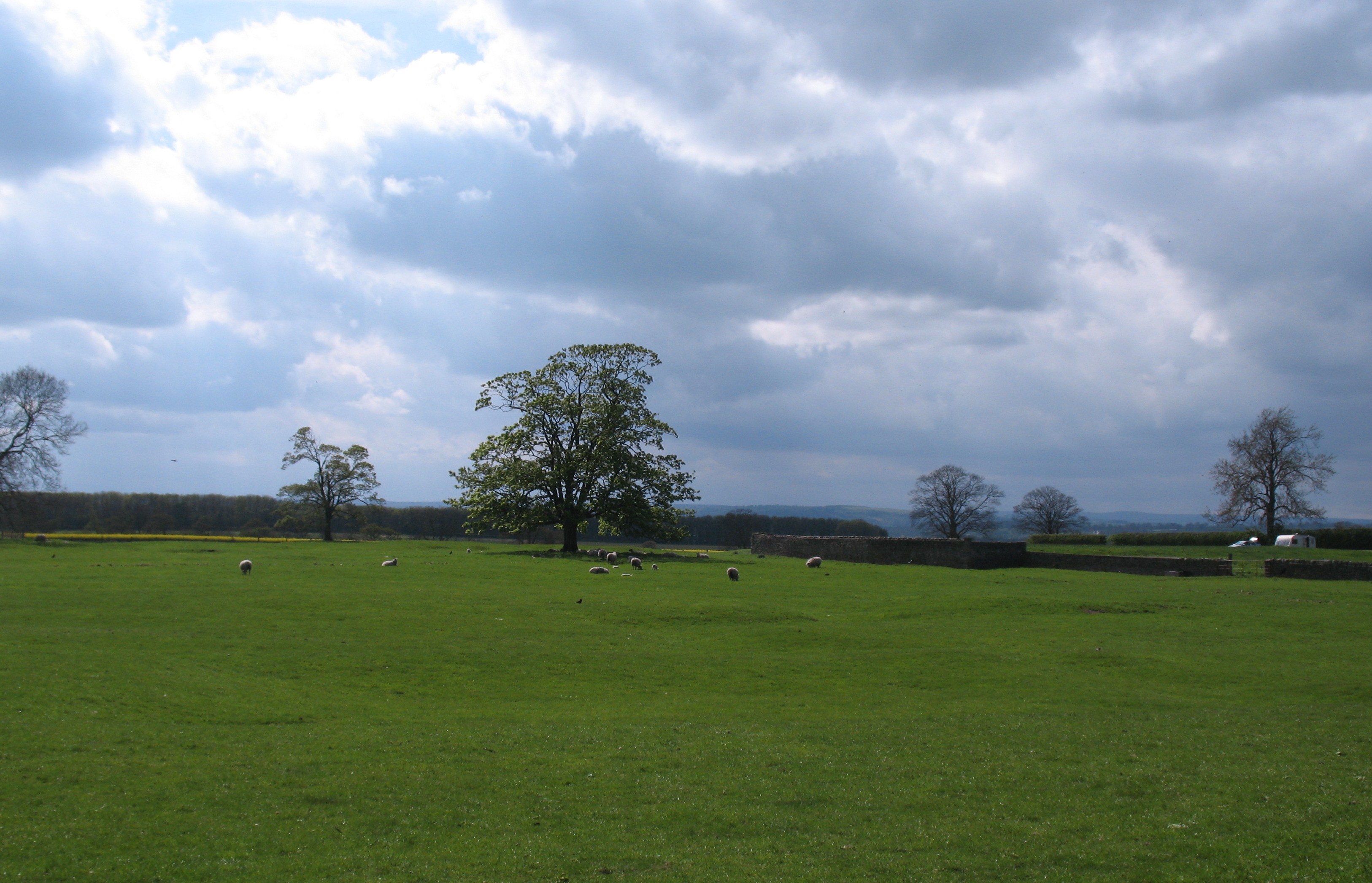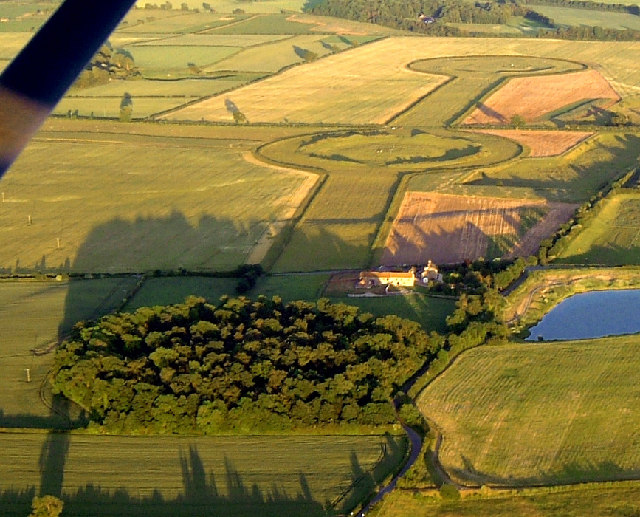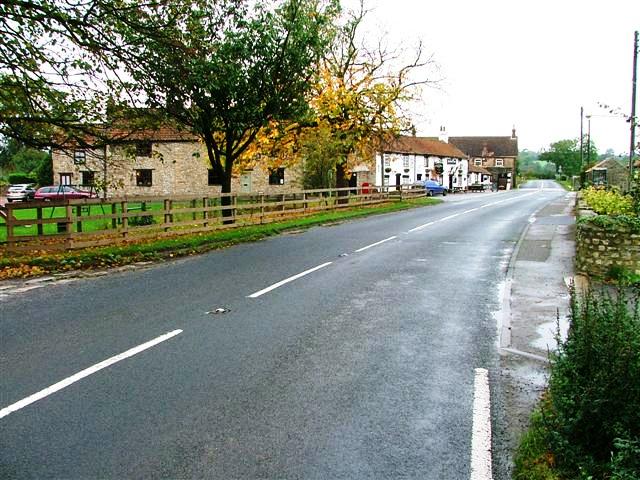Bunkers Plantation
Wood, Forest in Yorkshire Hambleton
England
Bunkers Plantation
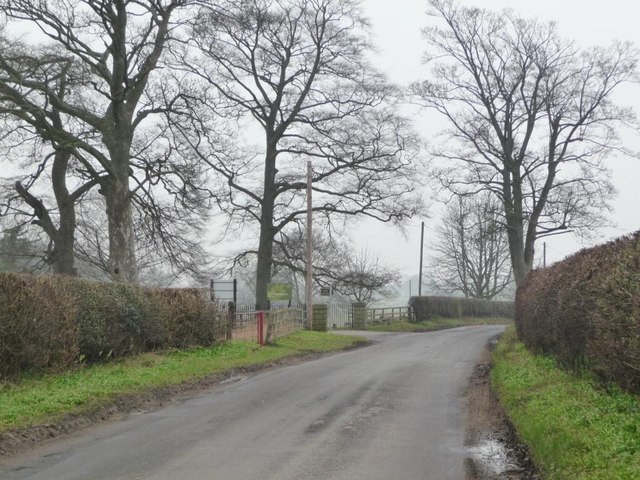
Bunkers Plantation, located in Yorkshire, is a captivating woodland area renowned for its natural beauty and rich history. Situated within the North York Moors National Park, this enchanting forest covers an expansive area of approximately 500 acres.
The woodland is predominantly composed of native species, such as oak, beech, and birch trees, which create a diverse and vibrant ecosystem. Bunkers Plantation is also home to an array of wildlife, including deer, badgers, and various bird species, making it an ideal location for nature enthusiasts and wildlife photographers.
The history of Bunkers Plantation dates back centuries, with evidence of human activity found within the forest. The remains of an Iron Age hillfort, known as Bunkers Hill, can still be seen today, providing visitors with a glimpse into the region's ancient past. Additionally, the plantation was historically used for timber production, supplying wood for various industries throughout Yorkshire.
The forest offers a range of recreational activities for visitors to enjoy, such as walking, hiking, and picnicking. There are numerous trails and paths that wind through the woodland, allowing visitors to explore its hidden corners and discover its natural wonders.
Bunkers Plantation also boasts breathtaking panoramic views, with vistas overlooking the surrounding countryside and rolling hills of Yorkshire. These vistas provide a picturesque backdrop for photographers and nature lovers alike.
In summary, Bunkers Plantation is a captivating woodland area in Yorkshire, offering a blend of natural beauty, historical significance, and recreational opportunities. Whether it's for a leisurely stroll or an immersive nature experience, this forest is sure to leave a lasting impression on all who visit.
If you have any feedback on the listing, please let us know in the comments section below.
Bunkers Plantation Images
Images are sourced within 2km of 54.227937/-1.5345754 or Grid Reference SE3081. Thanks to Geograph Open Source API. All images are credited.
Bunkers Plantation is located at Grid Ref: SE3081 (Lat: 54.227937, Lng: -1.5345754)
Division: North Riding
Administrative County: North Yorkshire
District: Hambleton
Police Authority: North Yorkshire
What 3 Words
///crowds.constrain.port. Near Bedale, North Yorkshire
Nearby Locations
Related Wikis
Kirklington-cum-Upsland
Kirklington-cum-Upsland is a civil parish in the Hambleton district of North Yorkshire, England. The main settlement is Kirklington. Upsland is a single...
Kirklington, North Yorkshire
Kirklington is a village in the English county of North Yorkshire close to the A1(M) motorway. Kirklington forms the major part of the civil parish of...
Thornborough, North Yorkshire
Thornborough is a village in Hambleton District of North Yorkshire, England. It is about 7 miles (11 km) south of Bedale and 3 miles (5 km) west of the...
Howgrave
Howgrave is a civil parish in the Hambleton District of North Yorkshire, England. It is a very small parish, with an area of only 323 acres (131 ha) and...
Carthorpe
Carthorpe is a small village and civil parish in North Yorkshire, England. It is located about 4 miles (6.4 km) south of Bedale. Village services include...
Thornborough Henges
The Thornborough Henges are an unusual ancient monument complex that includes the three aligned henges that give the site its name. They are located on...
Hallikeld
Hallikeld was a Wapentake (Hundred), which is an administrative division (or ancient district), in the historic county of the North Riding of Yorkshire...
Nosterfield
Nosterfield is a hamlet within the civil parish of West Tanfield in the Hambleton district of North Yorkshire, England formerly used for quarrying. Several...
Have you been to Bunkers Plantation?
Leave your review of Bunkers Plantation below (or comments, questions and feedback).
